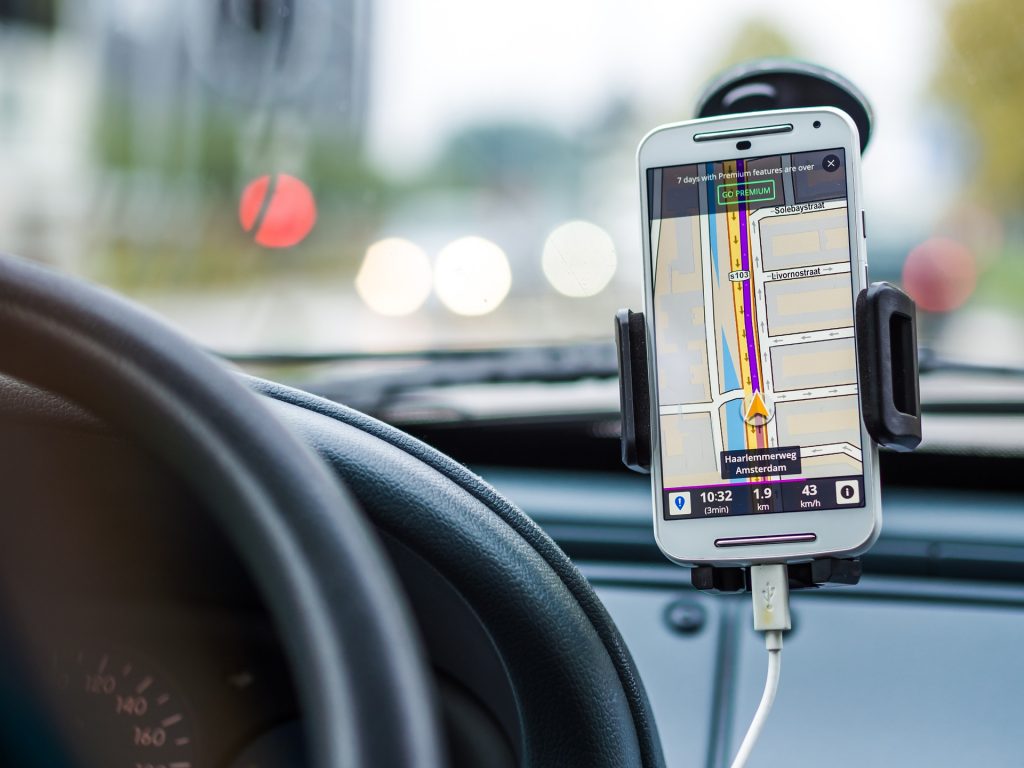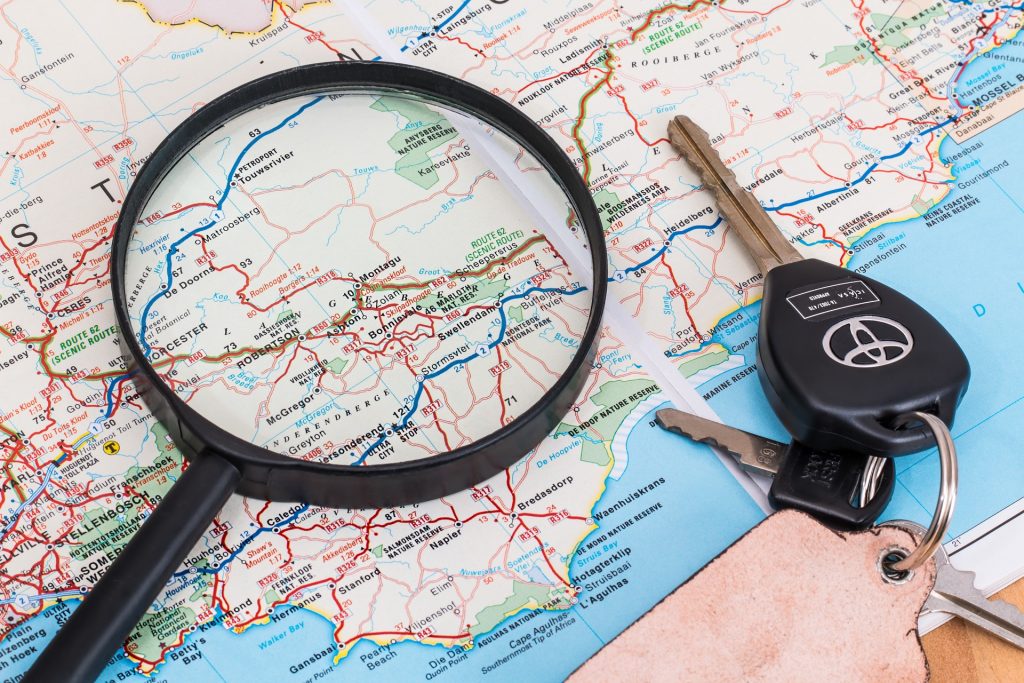“Texts=Wrecks” includes visual distractions

How you can avoid them
Manual, cognitive, and visual: those are the three types of distracted driving. We’ve talked about cognitive distractions, as part of our “Texts=Wrecks” campaign in Virginia. We’ve talked about manual distractions. Today, let’s find out how to avoid visual distractions.
Vision is one of the primary ways we gather information, particularly when it comes to gauging distance. Driving is a highly visual task, because it involves perceiving the distance between objects, and the speed at which those objects are approaching or receding. Driving involves navigating through objects—many of which are also moving—and approaching from different angles.
So when you break it down, our eyes have a complex job. Think about it: you can drive without your sense of hearing, smell, taste, and touch. But if you can’t see, you can’t drive.
What are your two types of vision?
People have two types of vision: central and peripheral (or side). Together, central and side vision make up our visual field.
Central vision could be called “focused” vision, because it’s small (only three degrees of our visual field!), and it is concentrated, or sharp. While you are reading this, you are using your central vision. Central vision allows you to see details and estimate distance, which then allows your brain to make important decisions.
While central vision covers only three degrees of our visual field, side vision covers the rest. We don’t see as sharply with our side vision, but it is more sensitive to movement and light, and allows us to detect events when we are not looking at them directly (with our central vision). Peripheral is just as important as central vision when it comes to driving, because it alerts us that we may need to slow down, speed up, alter our course, or shift the focus of our central vision.
For example, suppose you are approaching an intersection, going south to north. Your central vision is focused on the car traveling in front of you, allowing you to keep a safe distance. If another car runs a red light and starts to enter the intersection, going east to west, your side vision will detect it and warn your brain. Your brain will then tell you to evade the car — by braking or swerving.
What is a visual distraction?
 Visual driving distractions can be anything that takes your visual field away from the direction you are driving. This could be an interesting billboard, street sign, car, person on the street, map, passenger, or a radio broadcast. AND of course, it could be your GPS or cellphone.
Visual driving distractions can be anything that takes your visual field away from the direction you are driving. This could be an interesting billboard, street sign, car, person on the street, map, passenger, or a radio broadcast. AND of course, it could be your GPS or cellphone.
Many drivers don’t realize how quickly a dangerous situation can happen when they take their eyes off the road. It takes about five seconds to read a text, according to the National Highway Traffic Safety Administration, Moving at 55 miles per hour, a car will travel the length of a football field (100 yards/300 feet) in five seconds. That’s plenty of time and space for another vehicle to cross your path, and brake in front of you; or for a child to run out into the street.
If you’re not looking, you’re not prepared to do anything about it. We at GibsonSingleton Virginia Injury Attorneys have seen too many tragedies and preventable crashes result from visual distractions.
Tips for using your eyes effectively to drive more safely
To drive safely, it’s not enough to simply avoid looking away from the road. The following tips can help you improve your ability to perceive dangerous situations and react appropriately to them:
- Aim high, and don’t look down. Focus on the road ahead with your central vision, following your intended path of travel. As a driver, I try to look 2 miles ahead, which is not possible. But it keeps me focused on the long view ahead and not on the front of the hood.
- Keep your eyes moving as you drive. Concentrate on select details of the traffic situation that may concern you. Scan the roadway. Also check your side mirrors, rear-view mirror, and your instrument panel.
- See the big picture. Again, glance at your mirrors frequently. Try to get a sense of everything going on around your vehicle.
At GibsonSingleton Virginia Injury Attorneys, we launched our “Texts=Wrecks” campaign to help stop senseless crashes. We’ve been working with local high schools and our community to try to keep people safer. Our advice to every driver is: avoiding visual distractions while driving is a great step toward getting to your destination safely!
Also true: other drivers on the road may not practice the same safe driving habits that you do. If you are injured in an accident caused by a distracted driver, call our Gloucester office for a free case evaluation at (804) 413-6777.
Both my partner, Ken Gibson, and I are dedicated to serving accident victims the same way we served our country as U.S. Marines. When you meet with us, we’ll discuss how to best handle your situation—even if that means telling you that you don’t need us. If you do need us, we’ll take your case for no upfront fee. We will work hard – and smart — to get you the money you need to heal and move on with your life. We only get paid when you are satisfied with the money we have recovered for you.
Share This Page:
Call our Eastern Virginia office today for a free consultation
at (804) 413-6777 or toll free (855) 781-6777.
It costs you nothing for our firm to represent you. We only get paid when you do. Learn more
Prevention, empathy, and diligence are hallmarks of everything we do at GibsonSingleton Virginia Injury Attorneys. Our community can see these ideals lived out in our work to prevent personal injuries from happening.
- Safety Education
GibsonSingleton launches a “Texts=Wrecks” campaign to reduce the number of people injured or killed by distracted drivers. - Annual Coat Drive
During the fall, our team works to distribute coats to people in need in our community. - Hands-on Service
John and Ken join the Gloucester Point Rotary Club in cleaning up the community. - Supporting Local Schools
The Gibson family participates in Gloucester’s Botetourt Elementary Shuffle fundraiser.
